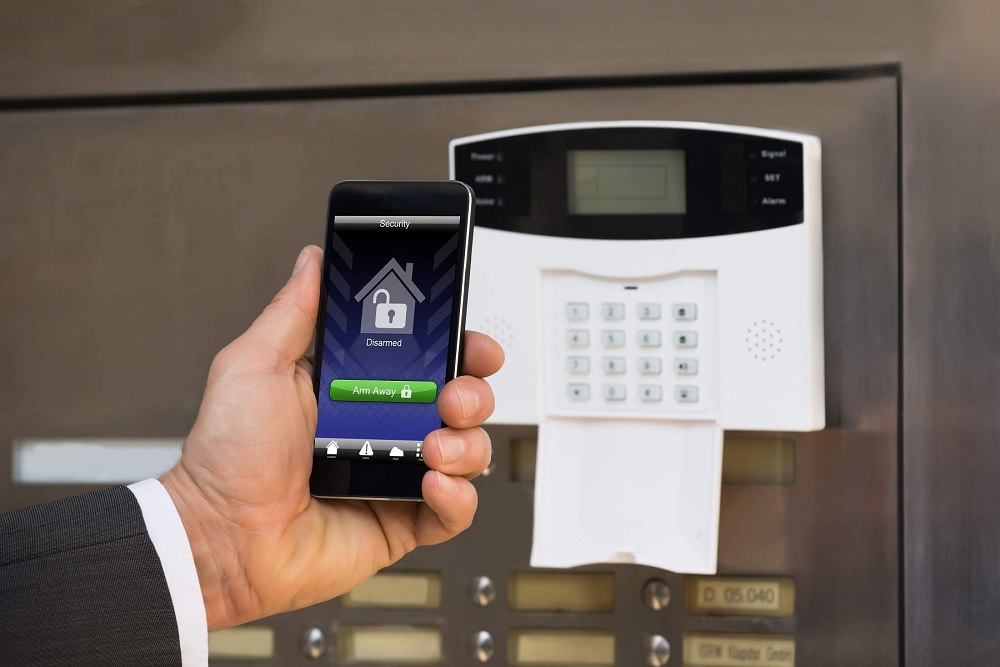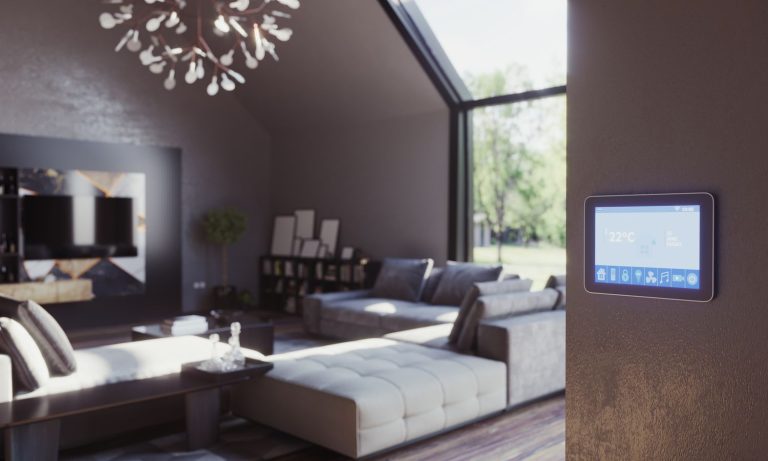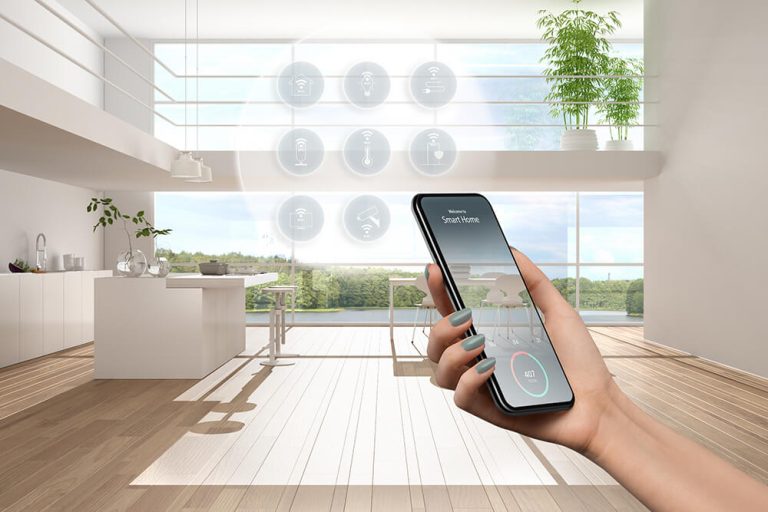In an era where technology shapes every aspect of our daily lives, the smart home revolution stands at the forefront of modern living. From controlling lights with a voice command to adjusting the temperature remotely, the convenience and comfort offered by smart home devices are undeniable. However, while the promise of smarter homes is enticing, it’s essential not to overlook one critical component: security.
As smart homes become increasingly connected, they become attractive targets for cybercriminals and opportunistic burglars. Therefore, a smart home strategy cannot afford to neglect the importance of robust security measures. Ensuring that your smart home is secure is not just a precaution but a necessary step in protecting your home, your data, and your peace of mind.
In this article, we will explore why security should be a priority in your smart home strategy, the potential risks you face, and how to safeguard your home from the vulnerabilities inherent in smart devices.
1. The Rise of Connected Devices
The number of connected devices in the average home has skyrocketed in recent years. From smart speakers and lights to doorbell cameras and refrigerators, more household items are now connected to the internet than ever before. Statista reports that there are expected to be over 75 billion connected devices worldwide by 2025. While this connectivity offers a wealth of benefits—from convenience to energy efficiency—it also opens the door to a host of security concerns.
Each device in your smart home network is essentially a potential entry point for hackers. A compromised device can provide unauthorized access to your home’s internal network, giving cybercriminals the ability to infiltrate sensitive data, take control of smart systems, or even disable security measures like cameras and alarms. For instance, if an intruder hacks into a smart security camera, they can disable it, leaving your home unprotected and making it easier for them to break in undetected.
Therefore, building a smart home strategy that prioritizes security should be non-negotiable. It’s not just about protecting your physical property but also about ensuring your personal information and data remain safe in an increasingly interconnected world.
2. The Hidden Risks of Smart Home Devices
One of the key reasons your smart home strategy needs security is the inherent risks posed by some smart home devices. While the majority of devices are designed to enhance daily life, some can be vulnerable to cyberattacks if not properly secured.
a. Smart Cameras and Doorbells
Smart security cameras and doorbell systems, like Ring or Nest, are popular choices for homeowners looking to bolster their security. They allow users to monitor their homes in real time from their smartphones, making them feel safer. However, these devices can be a double-edged sword. If not configured with proper security protocols, hackers can exploit vulnerabilities to gain unauthorized access to your footage and personal information.
For instance, in 2019, multiple incidents occurred where hackers were able to access Ring doorbell cameras, using them to spy on families and even engage in disturbing conversations through the cameras’ two-way audio feature. The root of these breaches often came down to poor security practices, such as weak passwords and failure to update the devices with the latest firmware.
b. Voice Assistants
Smart speakers like Amazon Alexa and Google Home have become a staple in many homes, offering convenience and ease of use. However, these voice assistants are always listening, which means they could potentially record sensitive information. While major tech companies have taken steps to improve the privacy settings of their voice-activated assistants, there is still a risk that these devices could be exploited by hackers if not properly secured.
Furthermore, voice assistants are integrated with other smart devices in your home. If a hacker gains access to your assistant, they could manipulate the entire network—controlling your lights, security system, or even your thermostat, often without you realizing it.
c. Smart Locks
Smart locks have revolutionized the way we secure our homes, allowing keyless entry and remote control. However, they are also a potential target for cybercriminals. If someone can hack into your smart lock system, they can gain access to your home. One high-profile example occurred in 2017, when researchers discovered vulnerabilities in a popular smart lock that could be exploited to bypass its security features.
While many smart lock companies have since updated their security measures, homeowners need to be vigilant when selecting these devices. Choosing a lock with strong encryption and regularly updating the device’s software can help mitigate the risk of unauthorized access.
3. Cybersecurity Threats: A Growing Concern
As the devices in your home become smarter, they also become more reliant on internet connectivity. This opens up the possibility of cyberattacks targeting your entire home network. A breach in one smart device could provide hackers with access to your personal information, including financial data, passwords, and even private conversations.
For example, “man-in-the-middle” attacks, where hackers intercept communications between devices, could allow cybercriminals to control your smart home systems, even changing security codes or passwords without your knowledge. Similarly, denial-of-service (DoS) attacks could overload your home’s network, rendering it vulnerable to further breaches.
As hackers continue to refine their methods, it’s essential to stay one step ahead. Cybersecurity is no longer a concern for businesses or government agencies alone—it’s something that should be prioritized in every household with a smart home system.
4. How to Secure Your Smart Home
Now that we understand the importance of security in your smart home strategy, it’s time to explore how you can protect your devices and data. Here are some actionable steps to help safeguard your connected home:
a. Use Strong, Unique Passwords
One of the simplest yet most effective ways to protect your smart home devices is by using strong, unique passwords for each device. Avoid using default passwords, as these are often easily guessable by hackers. Instead, create complex passwords that include a combination of letters, numbers, and special characters. Password managers can help you generate and store secure passwords without the risk of forgetting them.
b. Enable Two-Factor Authentication (2FA)
For added security, enable two-factor authentication (2FA) on all devices and accounts that support it. 2FA requires you to enter a second form of verification, such as a code sent to your phone or email, in addition to your password. This adds an extra layer of protection, making it much harder for hackers to gain access to your smart devices.
c. Update Firmware Regularly
Manufacturers frequently release firmware updates to patch security vulnerabilities. Make it a habit to check for updates regularly and install them promptly. Many smart devices offer automatic updates, but you should still ensure that your devices are up to date and protected against new threats.
d. Secure Your Wi-Fi Network
Your home Wi-Fi network is the backbone of your smart home system. If your Wi-Fi is compromised, all your connected devices are vulnerable. Secure your network by using a strong password and WPA3 encryption (the latest and most secure Wi-Fi encryption standard). Additionally, consider setting up a guest network for visitors, so they don’t have access to your primary network where your smart devices are connected.
e. Use a Smart Home Security Hub
A dedicated security hub can offer an added layer of protection for your smart home network. These hubs monitor your devices and alert you to any unusual activity. Many home security systems now integrate with smart home platforms, providing comprehensive monitoring and control in one centralized location. These hubs can also help prevent hackers from exploiting vulnerabilities in your network.
5. Conclusion: The Smart Home of the Future Needs Strong Security
Smart homes are undeniably convenient, offering unparalleled control and efficiency over our daily routines. However, as the number of connected devices increases, so too do the risks associated with cyberattacks and physical security breaches. Without a comprehensive security strategy, the very devices meant to enhance your life could become gateways for malicious actors to invade your privacy and disrupt your home.
Building a smart home strategy that prioritizes security is no longer optional—it’s essential. By understanding the risks, taking proactive security measures, and staying informed about the latest threats, you can enjoy the benefits of a connected home without compromising your safety. Ultimately, securing your smart home ensures that it remains a sanctuary of comfort, convenience, and protection for you and your family.















